
During a flyby of Jupiter’s moon Io on December 27, 2024, NASA’s Juno spacecraft discovered an astonishing volcanic hotspot in the moon’s southern hemisphere.
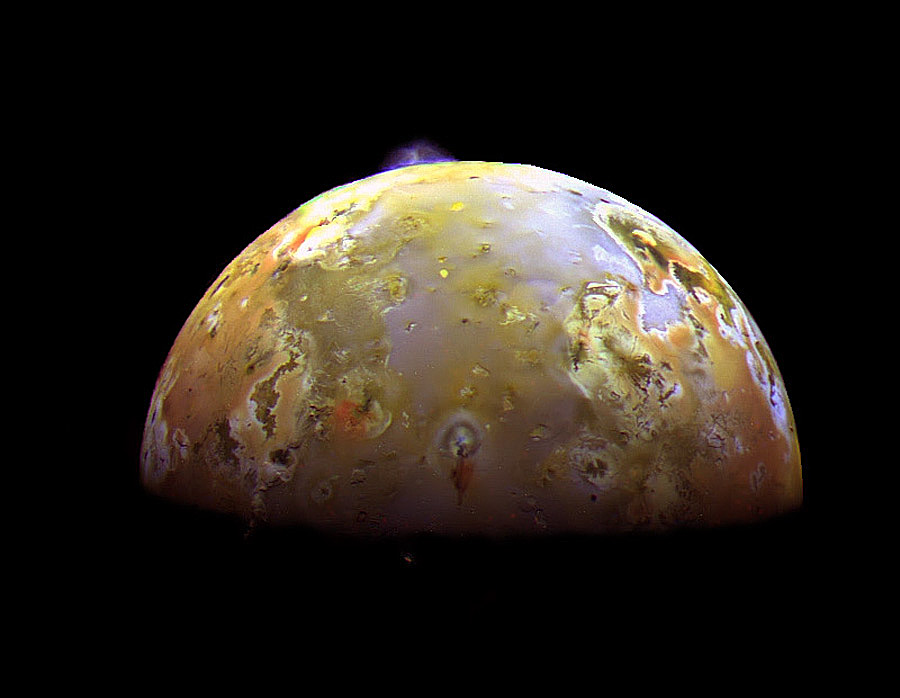
Io does not have a shallow global magma ocean beneath its surface, counter to previous claims, suggests a paper published in Nature.
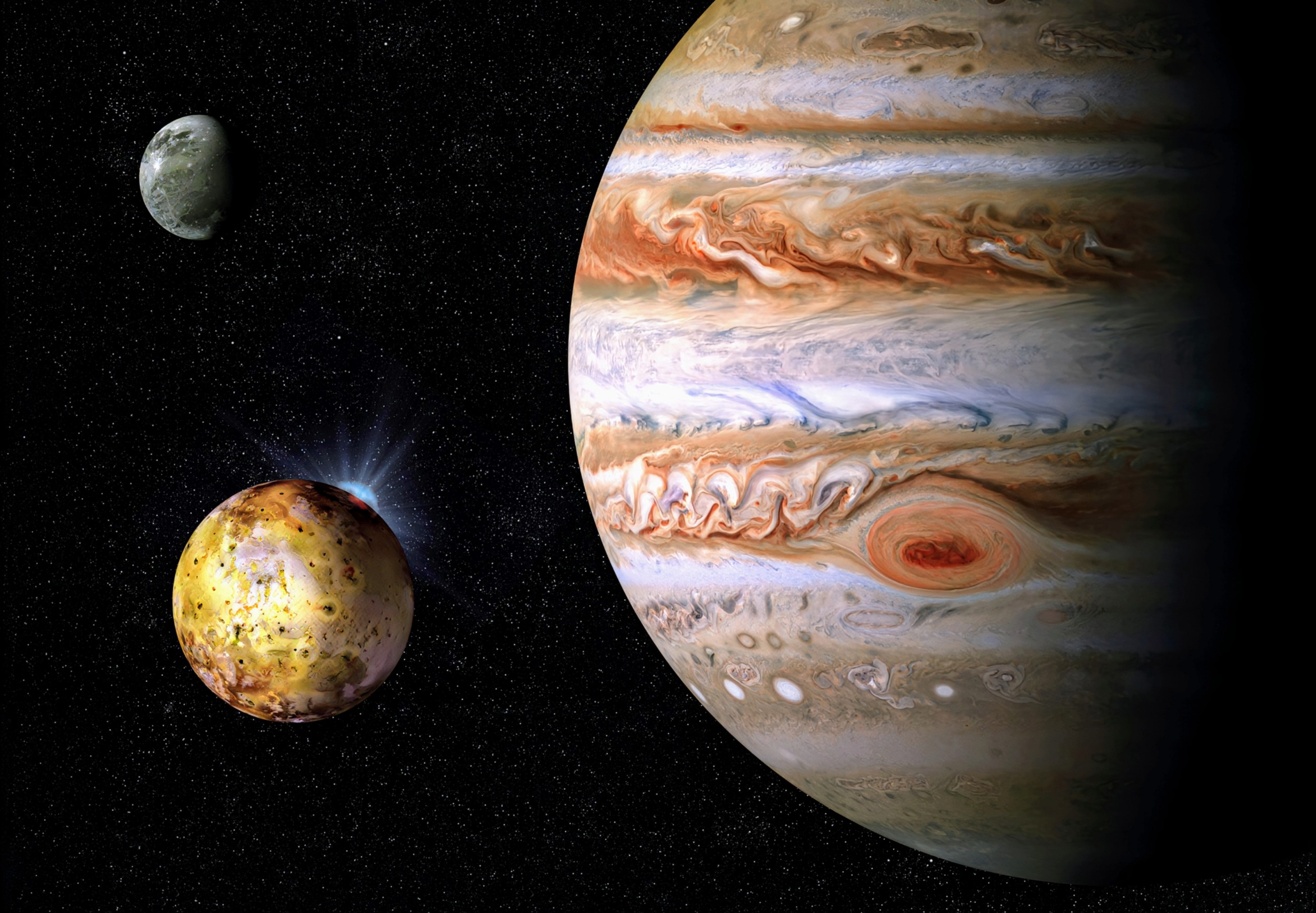
Recent images reveal a newly formed volcano. It is complete with multiple expansive lava flows and surrounding volcanic deposits, spanning an area of approximately 180 by 180 km — an impressive addition to Io’s volatile surface.
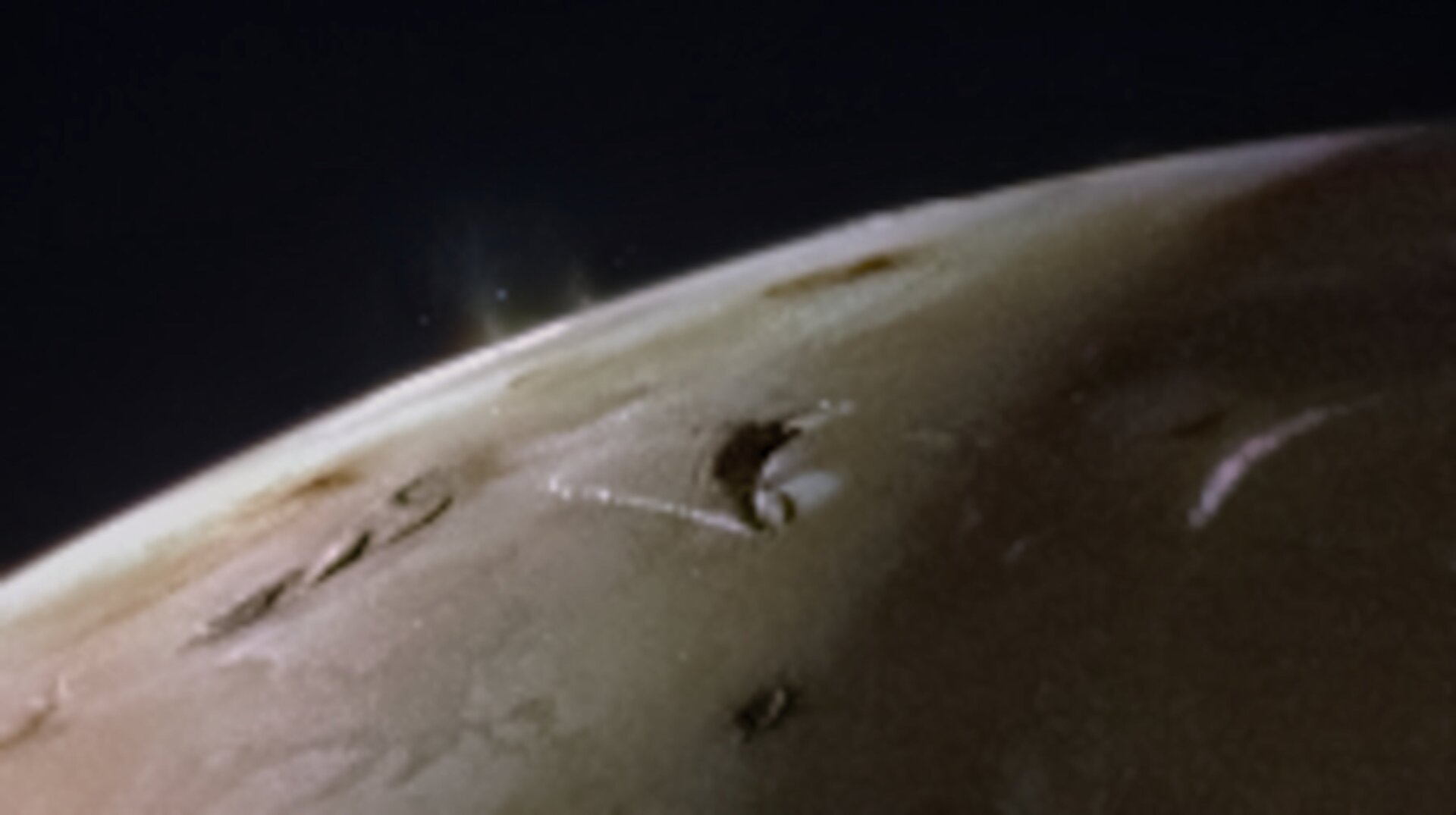
From around 2,400 miles away, the probe’s Jovian Infrared Auroral Mapper (JIRAM) instrument “revealed that the whole surface of Io is covered by lava lakes contained in caldera-like features.
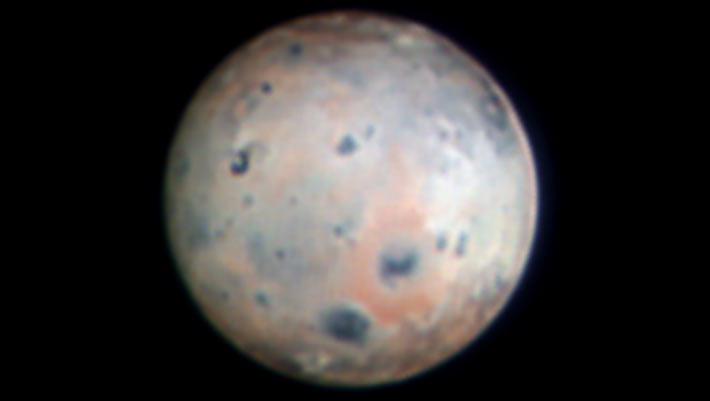
Using the SHARK-VIS instrument on the Large Binocular Telescope on Mount Graham in Arizona, the United States, astronomers have captured the highest resolution optical images of Io ever obtained from a ground-based telescope.
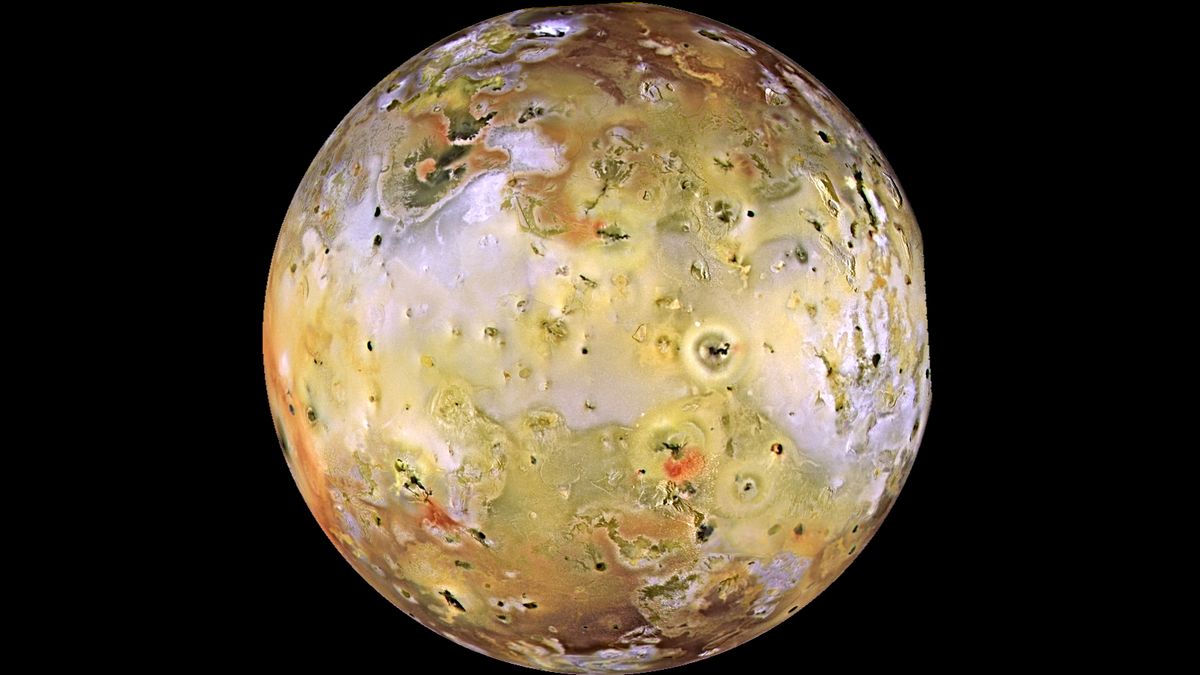
Imagery from the solar-powered spacecraft provides close-ups of intriguing features on the hellish Jovian moon.

On February 3, 2024, NASA’s Juno spacecraft made a second close flyby of Io, the third largest of Jupiter’s moons. We were able to see a volcunic erruption there like never before.

Previous research has shown that Io's atmosphere is dominated by sulfur dioxide gas. Now, astronomers could, for the first time, clearly see the plumes of sulfur dioxide (SO2) and sulfur monoxide (SO) rise up from the volcanoes.

A team of space scientists has captured new images of a volcanic plume on Jupiter’s moon Io on Dec. 21, during winter solstice, four of Juno’s cameras captured images of the Jovian moon Io, the most volcanic body in our solar system.

New observations suggests that the largest of Jupiter's Moon Io lakes, Loki Patera, produces enormous waves that repeatedly flow around the molten surface.